The automotive world has entered an era where the 0-100 km/h sprint in under 2 seconds is no longer the exclusive domain of hypercars with monstrous internal combustion engines. The rise of electric vehicles (EVs) has rewritten the rules of acceleration, sparking a fascinating technological duel between advanced electric motor systems and traditional multi-speed transmissions. This high-stakes engineering battle is reshaping how we define performance in the electrified age.
The Raw Power of Electric Propulsion
Electric motors have fundamentally altered the acceleration game by delivering instant torque from zero RPM. Unlike internal combustion engines that need to build revs to reach peak torque, EV powertrains provide maximum twisting force the moment electrons begin flowing through their windings. This characteristic alone gives electric vehicles a decisive edge in launching off the line, explaining why relatively modest-looking EVs can embarrass thoroughbred supercars at traffic light drag races.
Modern performance EVs like the Tesla Model S Plaid and Rimac Nevera demonstrate how far electric propulsion has come. Their tri-motor setups combine the immediacy of electric torque with sophisticated power electronics that can precisely meter out mind-bending amounts of power without the need for complex gear changes. The Plaid's carbon-sleeved rotors spinning at up to 20,000 RPM and the Nevera's quad-motor torque vectoring represent the current pinnacle of what pure electric propulsion can achieve in the 2-second acceleration realm.
The Transmission Strikes Back
Yet the internal combustion engine isn't going quietly into that good night. Automotive engineers have responded to the EV challenge by developing transmissions that can keep combustion-powered hypercars relevant in the sub-2-second club. The key lies in multi-speed gearboxes that effectively multiply torque and keep engines operating in their power band throughout the acceleration run.
Bugatti's Chiron Super Sport 300+ demonstrates this approach brilliantly. Its quad-turbo W16 engine works in concert with a 7-speed dual-clutch transmission that delivers lighting-fast shifts to maintain optimal power delivery. Similarly, Koenigsegg's Jesko employs a revolutionary 9-speed multi-clutch gearbox that enables its twin-turbo V8 to remain in the meat of its power curve throughout the entire acceleration sequence. These transmissions represent cutting-edge solutions to the fundamental limitation of internal combustion engines - their relatively narrow power bands compared to electric motors.
The Hybrid Middle Ground
Some manufacturers have chosen to blend both approaches through hybrid powertrains. The Porsche 918 Spyder and Ferrari SF90 Stradale combine high-revving internal combustion engines with electric motors that fill in the torque gaps. This marriage creates acceleration capabilities that surpass what either system could achieve alone, with the electric components providing instant response while the gasoline engine and its transmission handle the upper end of the speed range.
These hybrid hypercars represent perhaps the most complex solution to the acceleration challenge, requiring exquisite integration of two fundamentally different propulsion systems. The engineering challenges are immense - managing battery temperatures, coordinating power delivery between systems, and packaging everything into a cohesive whole - but the results speak for themselves with multiple hybrid models now comfortably in the 2-second club.
The Physics of Brutal Acceleration
Breaking the 2-second barrier involves more than just raw power. At this level of performance, vehicle dynamics become incredibly sensitive to weight distribution, traction management, and aerodynamics. Electric vehicles naturally carry the weight penalty of their battery packs, but benefit from having that mass mounted low in the chassis. Combustion-powered cars must carefully manage weight transfer during launch to prevent excessive wheelspin.
Traction control systems have become incredibly sophisticated to handle these challenges. The Rimac Nevera's quad-motor setup can individually control torque to each wheel with millisecond precision, while the McLaren Speedtail uses advanced hydraulic suspension to optimize weight transfer during launch. These systems work in harmony with their respective propulsion methods to extract every last hundredth of a second from the 0-100 km/h sprint.
The Future of Extreme Acceleration
As we look ahead, the battle between electric and mechanical solutions for extreme acceleration will likely intensify. Electric motor technology continues to advance, with developments in superconducting materials and cooling systems promising even greater power densities. Meanwhile, transmission specialists are working on even faster-shifting gearboxes and innovative torque multiplication techniques.
What remains certain is that the pursuit of sub-2-second acceleration will continue to push automotive engineering in exciting new directions. Whether through pure electric power, advanced transmissions, or hybrid combinations, the boundaries of what's physically possible will keep being redrawn. For performance car enthusiasts, this technological arms race promises an era of unprecedented acceleration capabilities across all propulsion types.
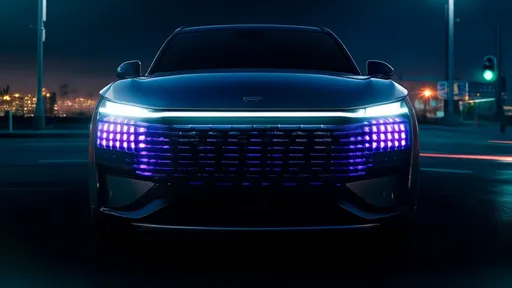
By /Jun 15, 2025

By /Jun 15, 2025

By /Jun 15, 2025

By /Jun 15, 2025
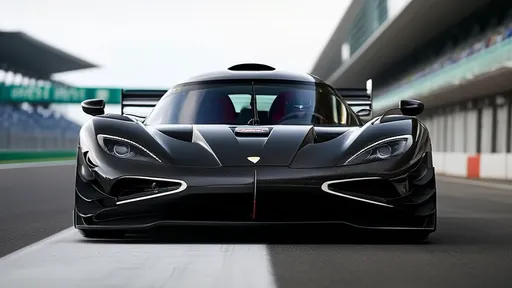
By /Jun 15, 2025

By /Jun 15, 2025

By /Jun 15, 2025
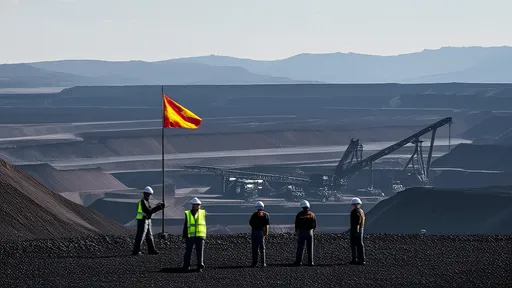
By /Jun 15, 2025
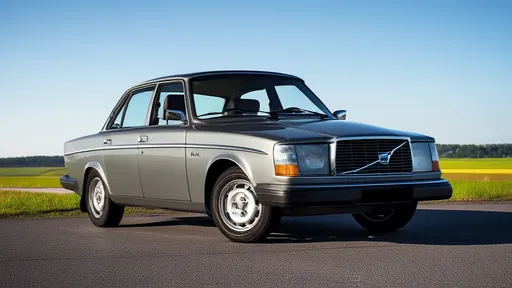
By /Jun 15, 2025
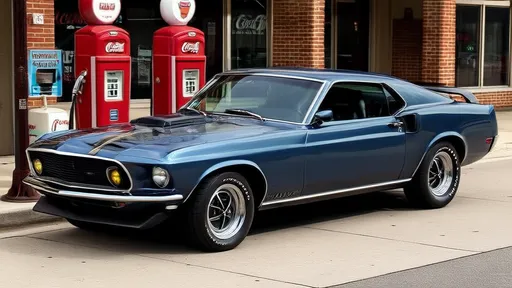
By /Jun 15, 2025

By /Jun 14, 2025
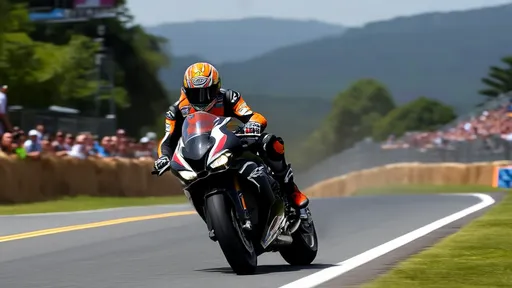
By /Jun 14, 2025

By /Jun 14, 2025
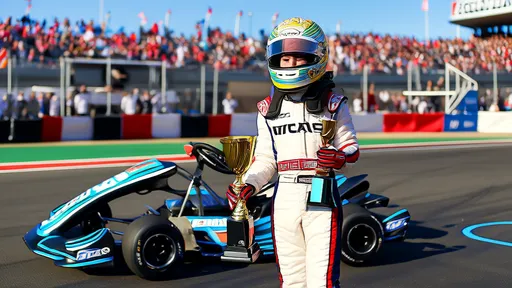
By /Jun 14, 2025

By /Jun 14, 2025
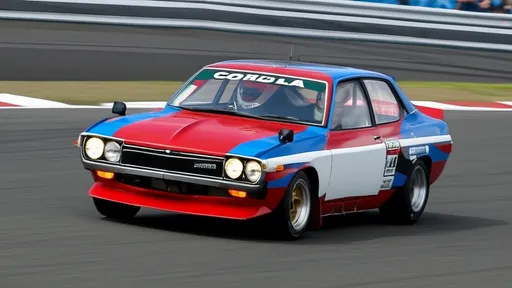
By /Jun 14, 2025

By /Jun 14, 2025